At the kitchen table Friday night, dinner dishes still in the sink, the house in darkness because the sun set while I wasn’t paying attention, I watched history unfold on the screen of my computer. Bishop Joseph Strickland addressed the crowd at the CPAC Ronald Reagan Dinner.
He’d been invited to speak a month earlier, and not being encumbered by the duties of a diocesan bishop, he was free to accept. It was always going to be a great speech because Bishop Strickland speaks from a heart and mind immersed in prayer. But circumstances lined up for it to be a historic speech.
In the recent case LePage v. Mobile Infirmary Clinic, Inc. the Alabama Supreme Court had to decide whether the state’s Wrongful Death of a Minor Act applied to “extrauterine embryos,” those cast-aside embryos that result from in vitro fertilization (IVF). One week ago, the Court ruled that embryos, specifically those conceived by IVF technology, are legally children.
“Unborn children are ‘children’…without exception based on developmental stage, physical location, or any other ancillary characteristics,” the Court wrote in its majority opinion.
The lone dissenting opinion worried, “No court, anywhere in the country, has reached the conclusion the main opinion reaches.” Well, someone has to be first.
Our media immediately came out with compassion and outrage features to win all available sympathy for parents who cannot conceive naturally. I never did find a piece with any sympathy for a tiny human being conceived in a lab outside the act of love, cultivated in a petri dish, and casually stored in a deep freezer. It is the very definition of an abandoned child, a technological orphan.
Friday morning, likely-Republican-candidate Donald Trump promised to protect access to IVF technology, eroding his strong standing with Catholics. He pledged the firm backing of the Republican party to the “creation of strong, thriving, healthy American families,” as though IVF is a carefree, innocent way to champion family life. Other conservative figures followed suit.
So, all the ingredients for a high-level dustup were on the table: the CPAC favorite son on record for IVF, and an upcoming keynote address by a bishop well-known for speaking hard truths. I’m guessing there were a few organizers wishing they could somehow cancel the bishop. (It’s been done before.)
The IVF issue has the potential to erode the massive lead Trump has, imperiling the hope we have placed in him to save this nation for our children. He is wrong about IVF, but most of America has no idea why. While IVF affects a small minority (about 2 percent of live births in the United States), it could become the hot-butter-knife issue for conservatives. We all know couples who joyfully welcomed a child conceived by technology when nature seemed not to oblige them. Opposition to IVF looks like flat-out meanness, the sort of rigidity we have been condemned for. And yet…
The CDC has an “IVF Success Estimator” on its website to calculate the odds of a successful live birth by IVF, based on the mother’s age, weight, underlying fertility factors, and pregnancy history. For a 34-year-old female of average weight and height with no underlying pathologies, using her own (fresh, not frozen) egg, the success rate was 50 percent. That’s an ideal case; for someone older, or with a history of ovulatory or uterine disorders, or scar tissue—such as might result from a surgical abortion—the odds are lower.
It is precisely these odds that require the most appalling aspect of IVF: the creation of multiple embryos so that lab technicians can choose the most robust, leaving 8 to 20 embryos for cold storage. Those embryonic persons who didn’t make the cut have a sad fate unworthy of human life: waiting in a cryogenic limbo. Over a million embryos are stored in the United States, with no clear plan for their lives. Some will become subjects of scientific experimentation.
The odds of a live birth by IVF go down even further when using embryos previously frozen. According to the American Society of Reproductive Medicine, the pregnancy success rate is between 2 and 12 percent per frozen egg. I know of a woman who tried to bring 31 embryos out of storage to full term; only one resulted in a live birth (3 percent success rate). When you freeze a living thing to -196º F, it’s not a simple process to make it like it was before.
I can’t think of any parents who would sleep at night if they really understood that their children were in a laboratory freezer, with probable future dispatch as medical waste—or dropped on the floor by an incautious lab tech, as in the case that gave rise to the Alabama decision.
When the moment arrived for the keynote speech on Friday, Bishop Strickland emerged onstage with Deal Hudson, a Catholic media figure. Instead of a podium, two chairs had been arranged in a sort of conversation pit. The bishop seemed a bit tentative about the seating arrangement, clutching his sheaf of notes, presumably his prepared speech. Once they were seated, Hudson led off with an open question about progress toward achieving the ideal of one nation under God, and the bishop took off extemporaneously.
A student of the bishop from way back, I recognized his preaching style, the way he tips forward like a drinky bird when he is making an especially essential point, his whole body saying: “listen.” Around three minutes into the event, he unfolded his notes; around five minutes, he began speaking from them. There was apparently nothing Hudson could do to stop him, even if he had wanted to. The bishop had something to say, and once he began to speak from his notes, he rolled like a freight train. Around the 13-minute mark, the bishop got to the IVF issue. At home, we all shouted, “He’s going there!”
Most parents don’t know exactly what IVF entails, never mind politicians. Bishop Strickland called for men and women dedicated to defending human life to educate our leaders, and I imagine he meant Trump most of all. With kindness toward our candidates, he counseled,
IVF is now a scalding-hot issue for conservatives proud to be pro-life. Our front-runners have already made definitive statements about IVF, seeing only that it brings joy to agonized couples. Political support for it is almost surely based in ignorance of the gritty details, but those politicians are on record now. Before the bishop took the stage, I imagine someone somewhere was hoping he would leave it alone.
But this is Bishop Strickland. He doesn’t speak for a party; he can’t be swayed by expedience. If he was a cupcake, he’d still have a diocese. His courage and persistence don’t fit the classical political arena. What were they thinking when they extended the invitation?
It’s all good news for us, however. The things that matter most were taken to the front of the room not shoved in the coat closet with a smiley-face seal. Any reservations I had about mixing a Catholic bishop into a political event evaporated. This is exactly what we have needed. It’s what’s been missing from most aspects of our public life: the clear expression of truth in the face of the thorniest issues, the issues that may win or lose elections.
Christ, and Christ only, brings clarity to these heartrending issues that confound us, and the bishop brought Christ. Previous CPAC speakers have certainly mentioned God in their speeches, but Bishop Strickland spoke with a spiritual authority I have never seen matched in any political venue.
A new standard has been posted, and our leaders must expand their understanding to uphold it. The world of conservative politics has been transformed. Truth entered CPAC by the main door on Friday, in a black cassock and a pectoral cross.
Bishop Strickland’s entire talk can be viewed here. Be sure to watch the body language. The portion of Bishop Strickland’s talk specifically addressing IVF can be viewed here.
Note: Couples who experience trouble conceiving have alternatives besides IVF, such as NaPro. It does not involve sin in the collection of sperm, and it is as effective, or more so, than IVF. As with many things, the more “natural” ways are not as seductive as technological solutions, but they are there for those willing to try.
Many are not well-versed in the controversies of today, but we must be. We must stand strong and instruct these good men and women who are calling to lead us, to help them understand the intricacies of what science has done in playing God, and having embryonic children frozen and too easily disposed of.
At the kitchen table Friday night, dinner dishes still in the sink, the house in darkness because the sun set while I wasn’t paying attention, I watched history unfold on the screen of my computer. Bishop Joseph Strickland addressed the crowd at the CPAC Ronald Reagan Dinner.
He’d been invited to speak a month earlier, and not being encumbered by the duties of a diocesan bishop, he was free to accept. It was always going to be a great speech because Bishop Strickland speaks from a heart and mind immersed in prayer. But circumstances lined up for it to be a historic speech.
In the recent case LePage v. Mobile Infirmary Clinic, Inc. the Alabama Supreme Court had to decide whether the state’s Wrongful Death of a Minor Act applied to “extrauterine embryos,” those cast-aside embryos that result from in vitro fertilization (IVF). One week ago, the Court ruled that embryos, specifically those conceived by IVF technology, are legally children.
“Unborn children are ‘children’…without exception based on developmental stage, physical location, or any other ancillary characteristics,” the Court wrote in its majority opinion.
The lone dissenting opinion worried, “No court, anywhere in the country, has reached the conclusion the main opinion reaches.” Well, someone has to be first.
Our media immediately came out with compassion and outrage features to win all available sympathy for parents who cannot conceive naturally. I never did find a piece with any sympathy for a tiny human being conceived in a lab outside the act of love, cultivated in a petri dish, and casually stored in a deep freezer. It is the very definition of an abandoned child, a technological orphan.
Friday morning, likely-Republican-candidate Donald Trump promised to protect access to IVF technology, eroding his strong standing with Catholics. He pledged the firm backing of the Republican party to the “creation of strong, thriving, healthy American families,” as though IVF is a carefree, innocent way to champion family life. Other conservative figures followed suit.
So, all the ingredients for a high-level dustup were on the table: the CPAC favorite son on record for IVF, and an upcoming keynote address by a bishop well-known for speaking hard truths. I’m guessing there were a few organizers wishing they could somehow cancel the bishop. (It’s been done before.)
The IVF issue has the potential to erode the massive lead Trump has, imperiling the hope we have placed in him to save this nation for our children. He is wrong about IVF, but most of America has no idea why. While IVF affects a small minority (about 2 percent of live births in the United States), it could become the hot-butter-knife issue for conservatives. We all know couples who joyfully welcomed a child conceived by technology when nature seemed not to oblige them. Opposition to IVF looks like flat-out meanness, the sort of rigidity we have been condemned for. And yet…
The CDC has an “IVF Success Estimator” on its website to calculate the odds of a successful live birth by IVF, based on the mother’s age, weight, underlying fertility factors, and pregnancy history. For a 34-year-old female of average weight and height with no underlying pathologies, using her own (fresh, not frozen) egg, the success rate was 50 percent. That’s an ideal case; for someone older, or with a history of ovulatory or uterine disorders, or scar tissue—such as might result from a surgical abortion—the odds are lower.
It is precisely these odds that require the most appalling aspect of IVF: the creation of multiple embryos so that lab technicians can choose the most robust, leaving 8 to 20 embryos for cold storage. Those embryonic persons who didn’t make the cut have a sad fate unworthy of human life: waiting in a cryogenic limbo. Over a million embryos are stored in the United States, with no clear plan for their lives. Some will become subjects of scientific experimentation.
The odds of a live birth by IVF go down even further when using embryos previously frozen. According to the American Society of Reproductive Medicine, the pregnancy success rate is between 2 and 12 percent per frozen egg. I know of a woman who tried to bring 31 embryos out of storage to full term; only one resulted in a live birth (3 percent success rate). When you freeze a living thing to -196º F, it’s not a simple process to make it like it was before.
I can’t think of any parents who would sleep at night if they really understood that their children were in a laboratory freezer, with probable future dispatch as medical waste—or dropped on the floor by an incautious lab tech, as in the case that gave rise to the Alabama decision.
When the moment arrived for the keynote speech on Friday, Bishop Strickland emerged onstage with Deal Hudson, a Catholic media figure. Instead of a podium, two chairs had been arranged in a sort of conversation pit. The bishop seemed a bit tentative about the seating arrangement, clutching his sheaf of notes, presumably his prepared speech. Once they were seated, Hudson led off with an open question about progress toward achieving the ideal of one nation under God, and the bishop took off extemporaneously.
A student of the bishop from way back, I recognized his preaching style, the way he tips forward like a drinky bird when he is making an especially essential point, his whole body saying: “listen.” Around three minutes into the event, he unfolded his notes; around five minutes, he began speaking from them. There was apparently nothing Hudson could do to stop him, even if he had wanted to. The bishop had something to say, and once he began to speak from his notes, he rolled like a freight train. Around the 13-minute mark, the bishop got to the IVF issue. At home, we all shouted, “He’s going there!”
Most parents don’t know exactly what IVF entails, never mind politicians. Bishop Strickland called for men and women dedicated to defending human life to educate our leaders, and I imagine he meant Trump most of all. With kindness toward our candidates, he counseled,
IVF is now a scalding-hot issue for conservatives proud to be pro-life. Our front-runners have already made definitive statements about IVF, seeing only that it brings joy to agonized couples. Political support for it is almost surely based in ignorance of the gritty details, but those politicians are on record now. Before the bishop took the stage, I imagine someone somewhere was hoping he would leave it alone.
But this is Bishop Strickland. He doesn’t speak for a party; he can’t be swayed by expedience. If he was a cupcake, he’d still have a diocese. His courage and persistence don’t fit the classical political arena. What were they thinking when they extended the invitation?
It’s all good news for us, however. The things that matter most were taken to the front of the room not shoved in the coat closet with a smiley-face seal. Any reservations I had about mixing a Catholic bishop into a political event evaporated. This is exactly what we have needed. It’s what’s been missing from most aspects of our public life: the clear expression of truth in the face of the thorniest issues, the issues that may win or lose elections.
Christ, and Christ only, brings clarity to these heartrending issues that confound us, and the bishop brought Christ. Previous CPAC speakers have certainly mentioned God in their speeches, but Bishop Strickland spoke with a spiritual authority I have never seen matched in any political venue.
A new standard has been posted, and our leaders must expand their understanding to uphold it. The world of conservative politics has been transformed. Truth entered CPAC by the main door on Friday, in a black cassock and a pectoral cross.
Bishop Strickland’s entire talk can be viewed here. Be sure to watch the body language. The portion of Bishop Strickland’s talk specifically addressing IVF can be viewed here.
Note: Couples who experience trouble conceiving have alternatives besides IVF, such as NaPro. It does not involve sin in the collection of sperm, and it is as effective, or more so, than IVF. As with many things, the more “natural” ways are not as seductive as technological solutions, but they are there for those willing to try.

Sheryl Collmer is an independent consultant for several non-profit organizations. She holds a Masters in Theological Studies from the University of Dallas, as well as an MBA. She lives in the diocese of Tyler, Texas and also serves as CFO, co-coordinator of Region 8, and national news editor for CORAC.
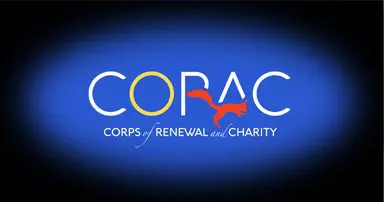


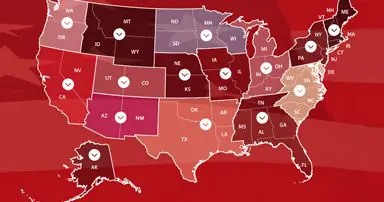



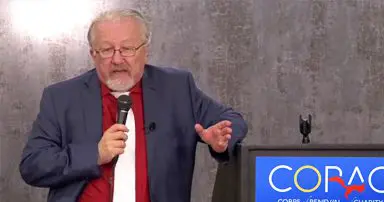












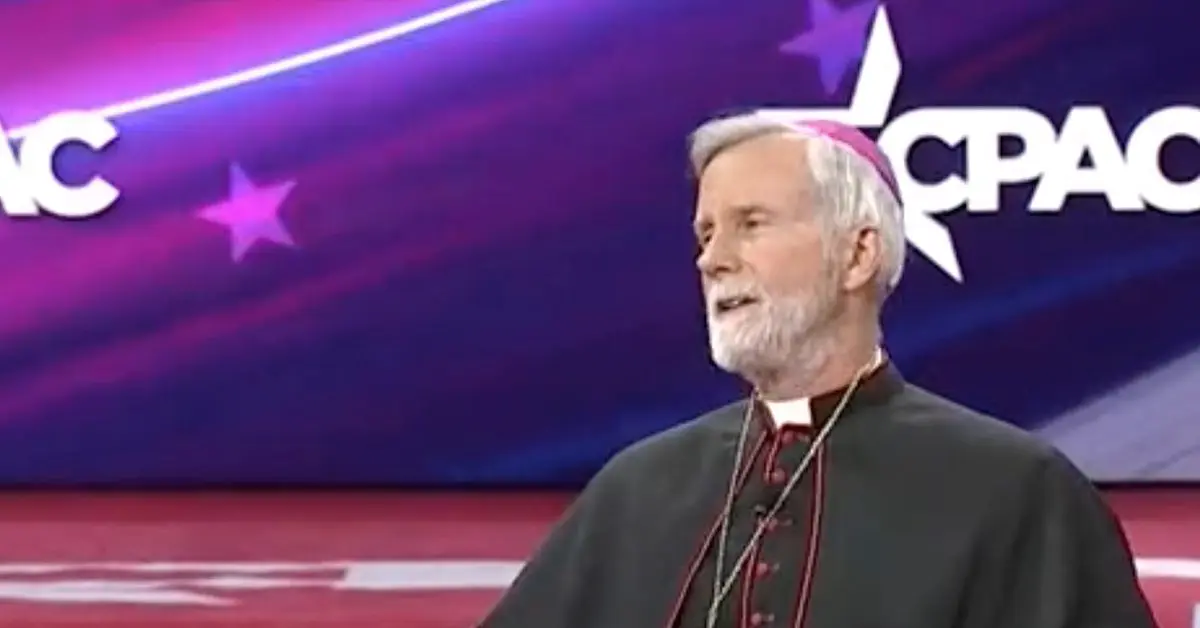






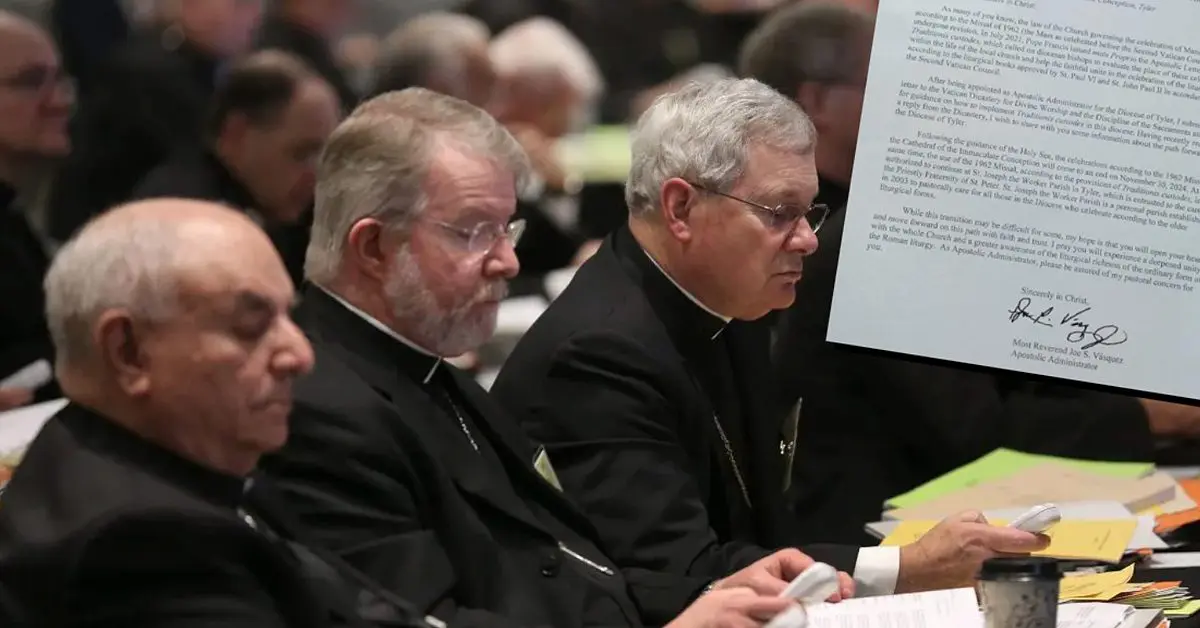

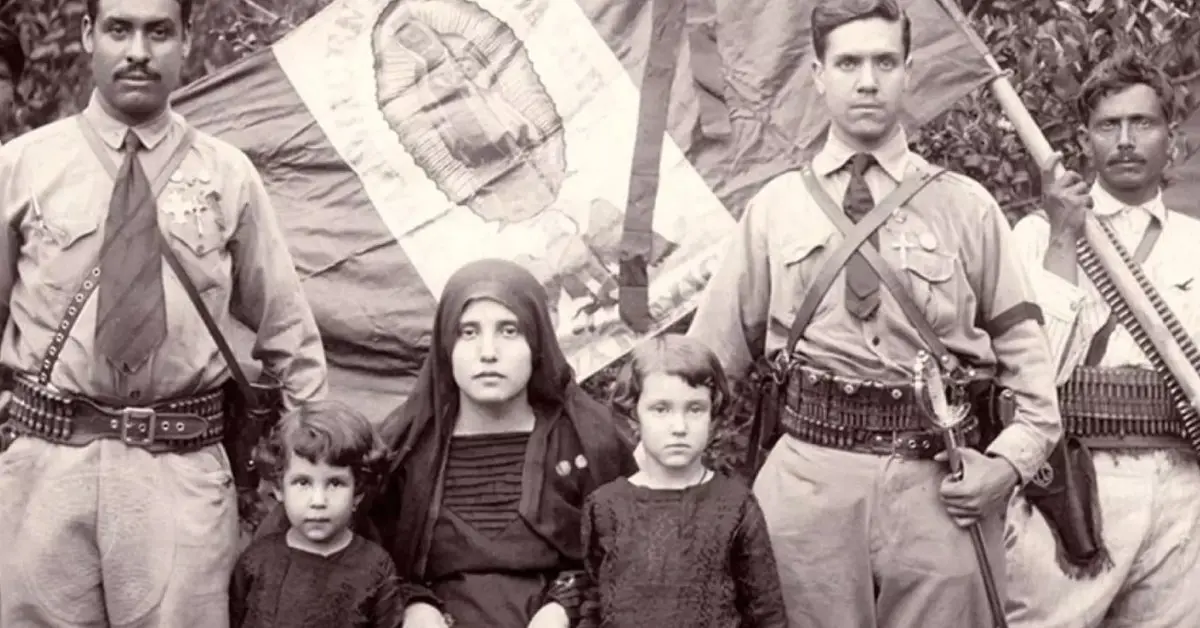
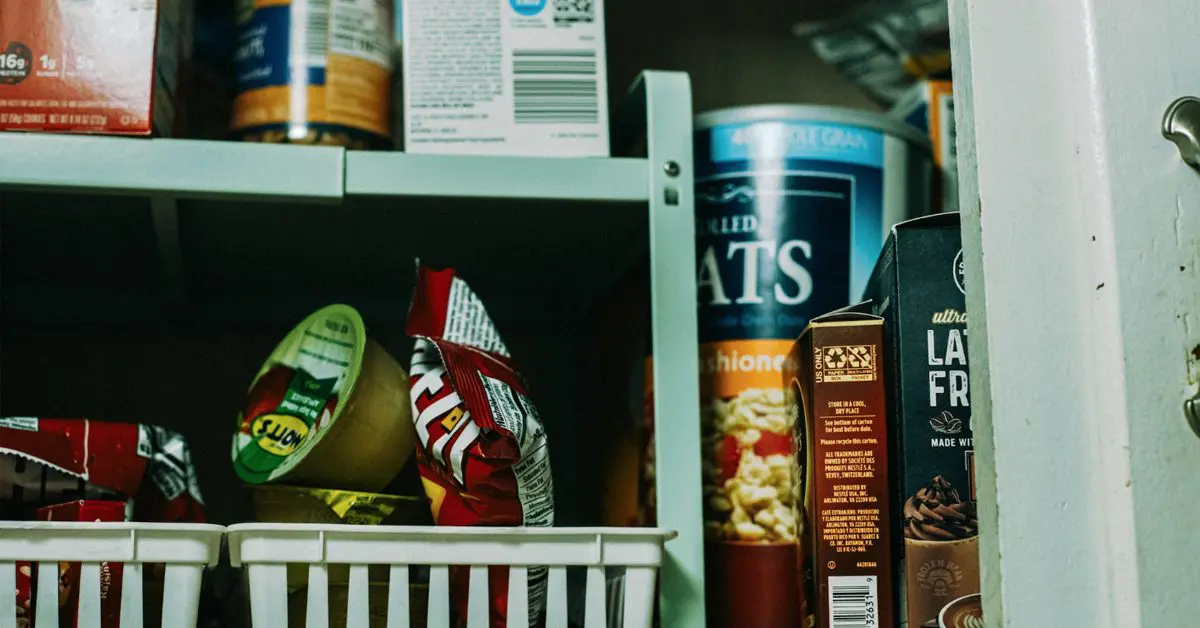

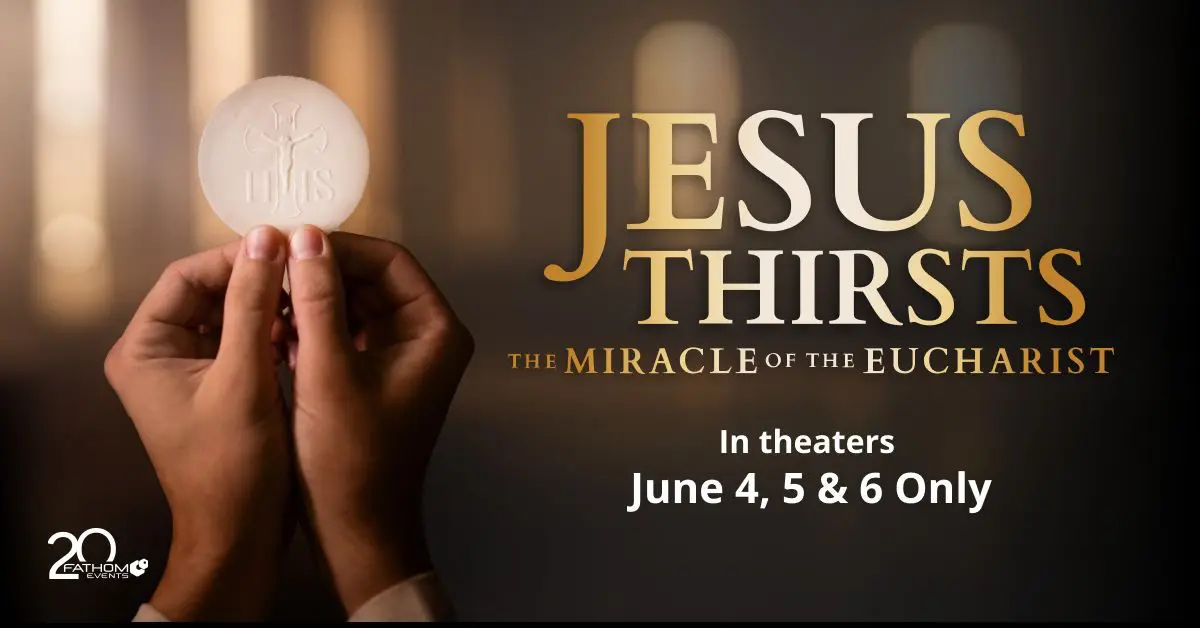

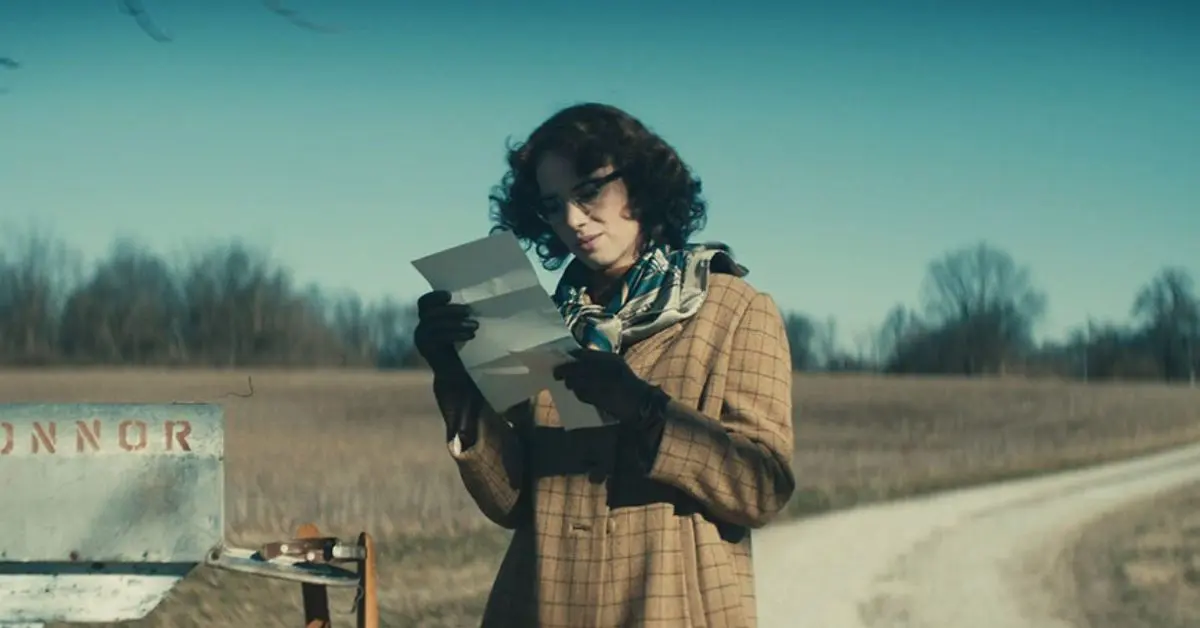
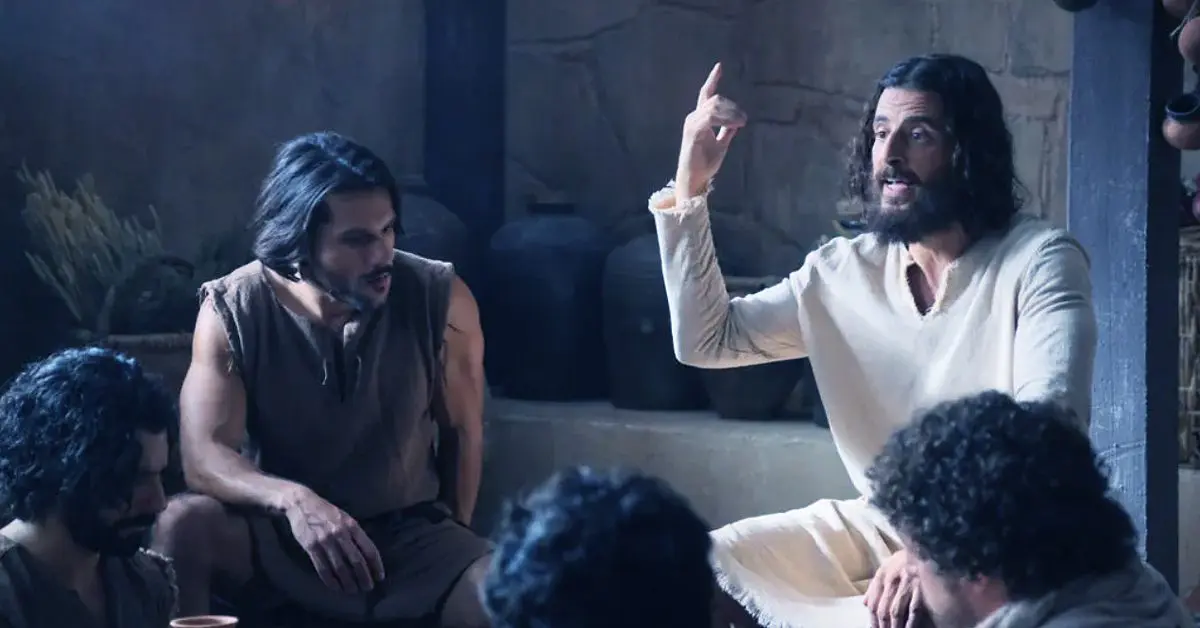

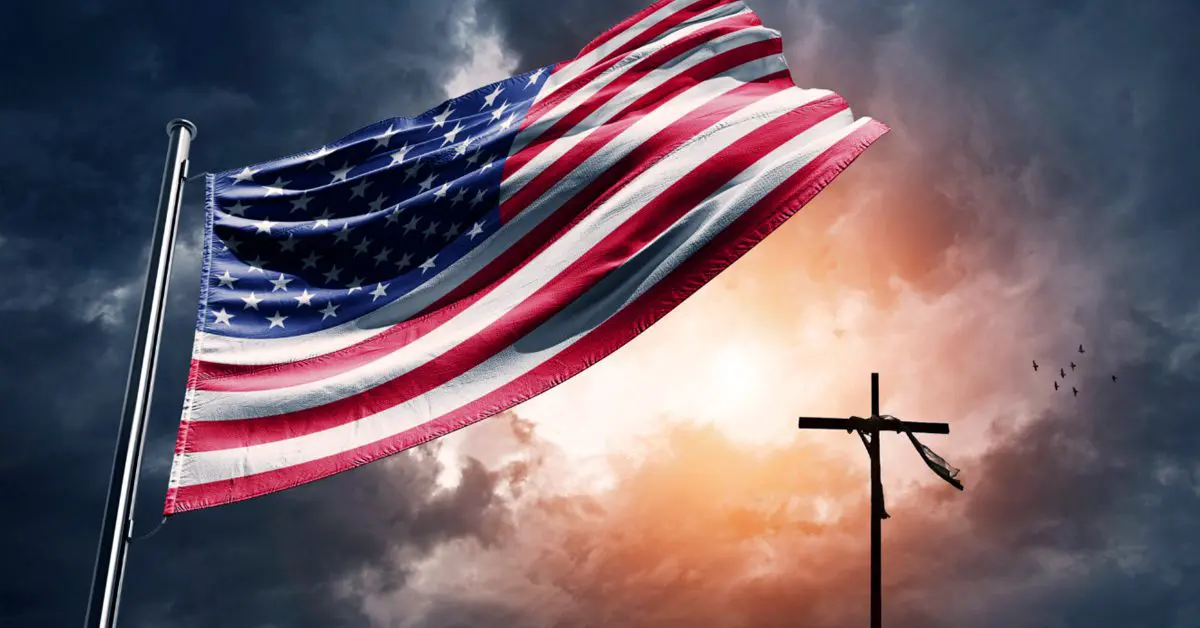
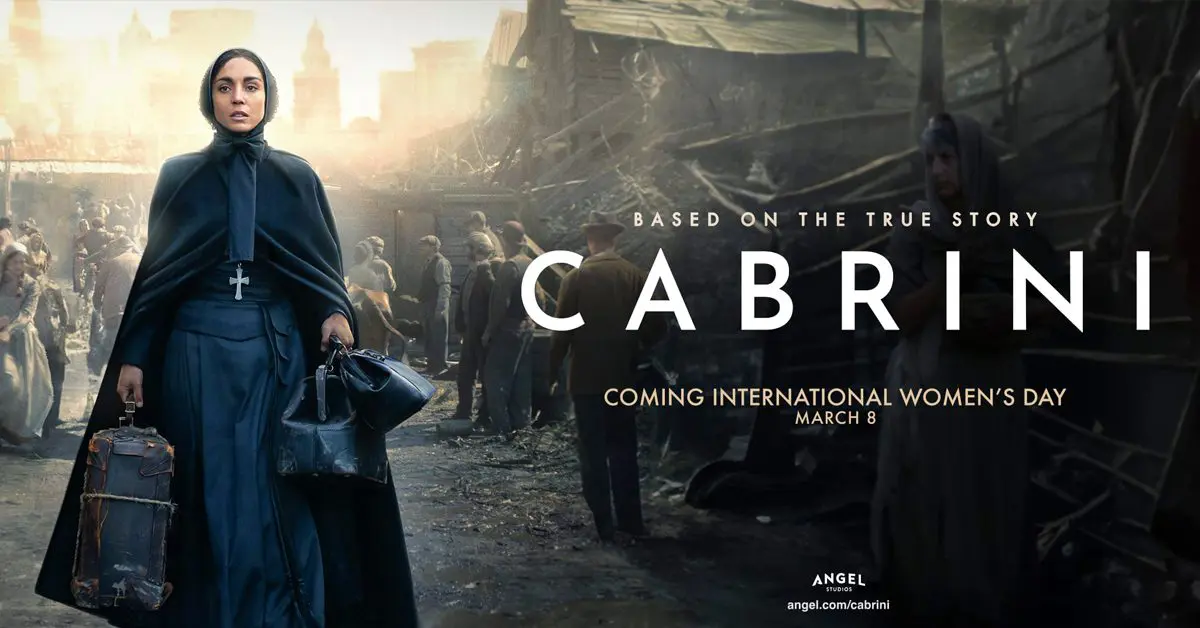
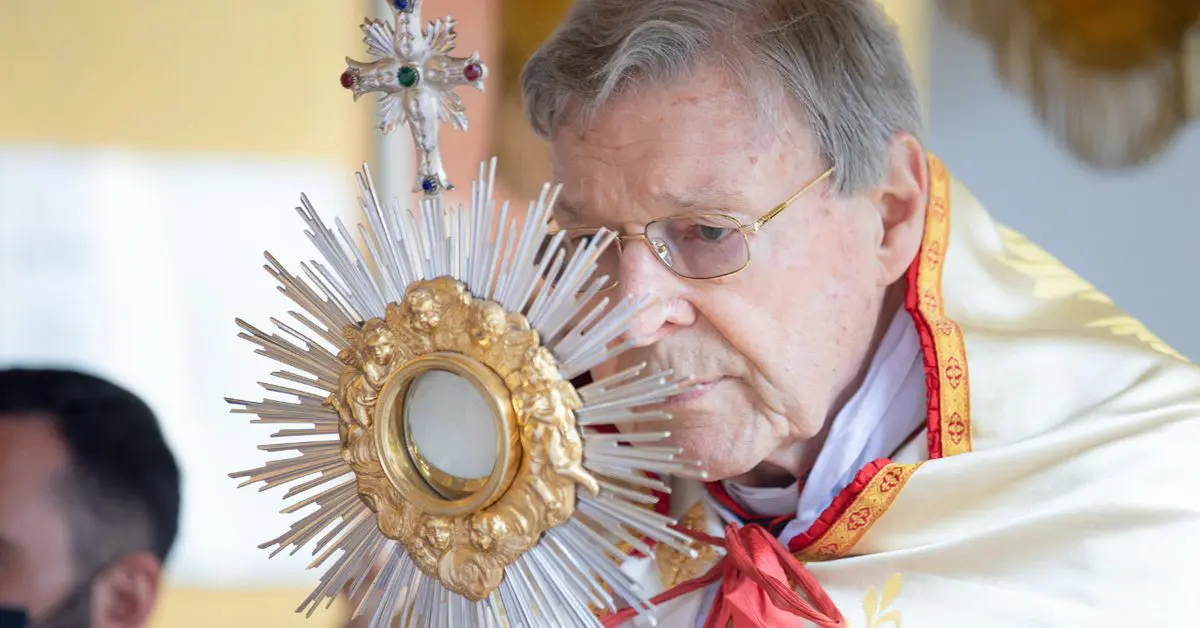








0 Comments